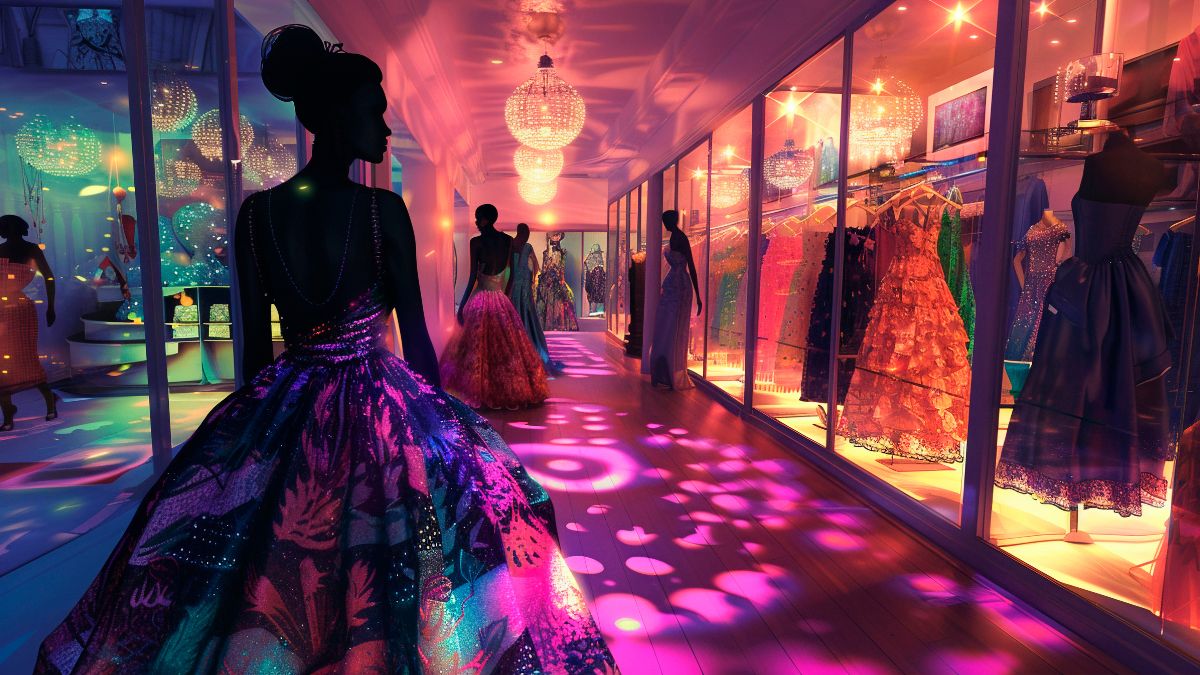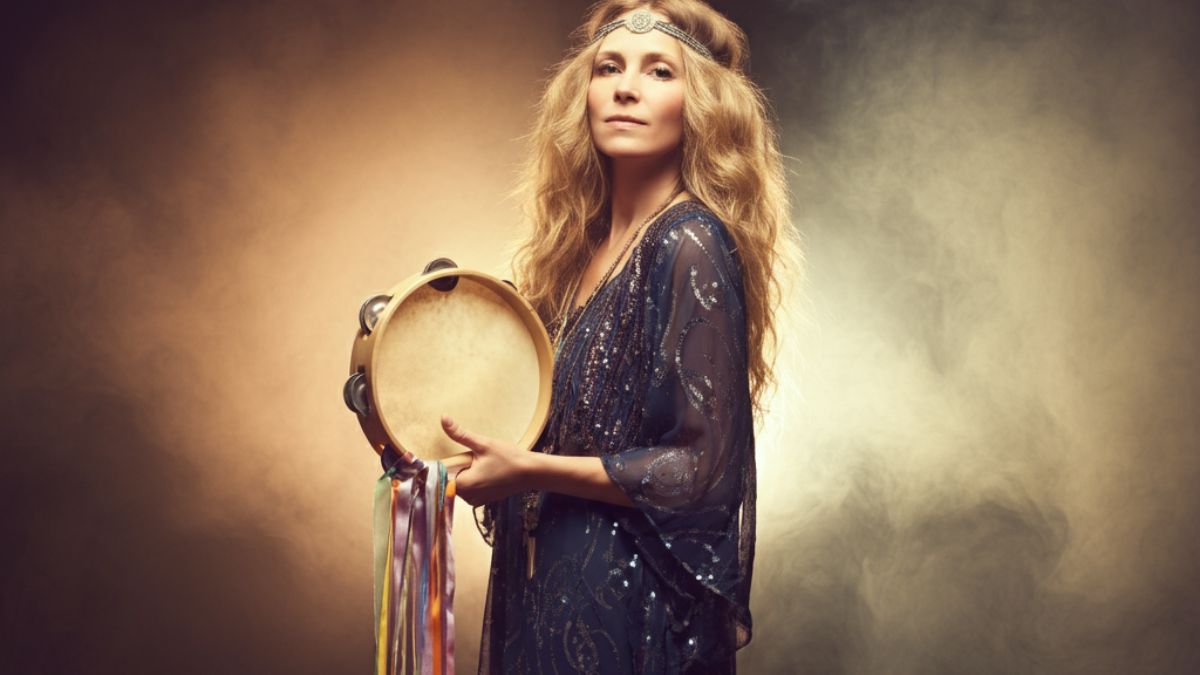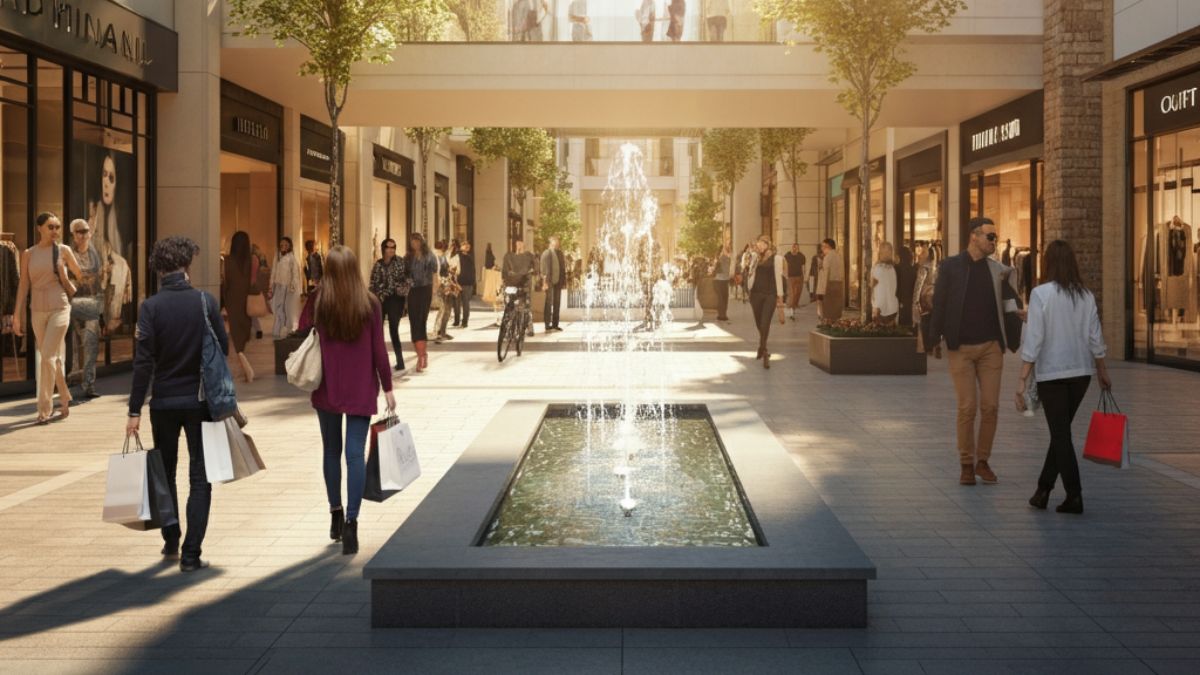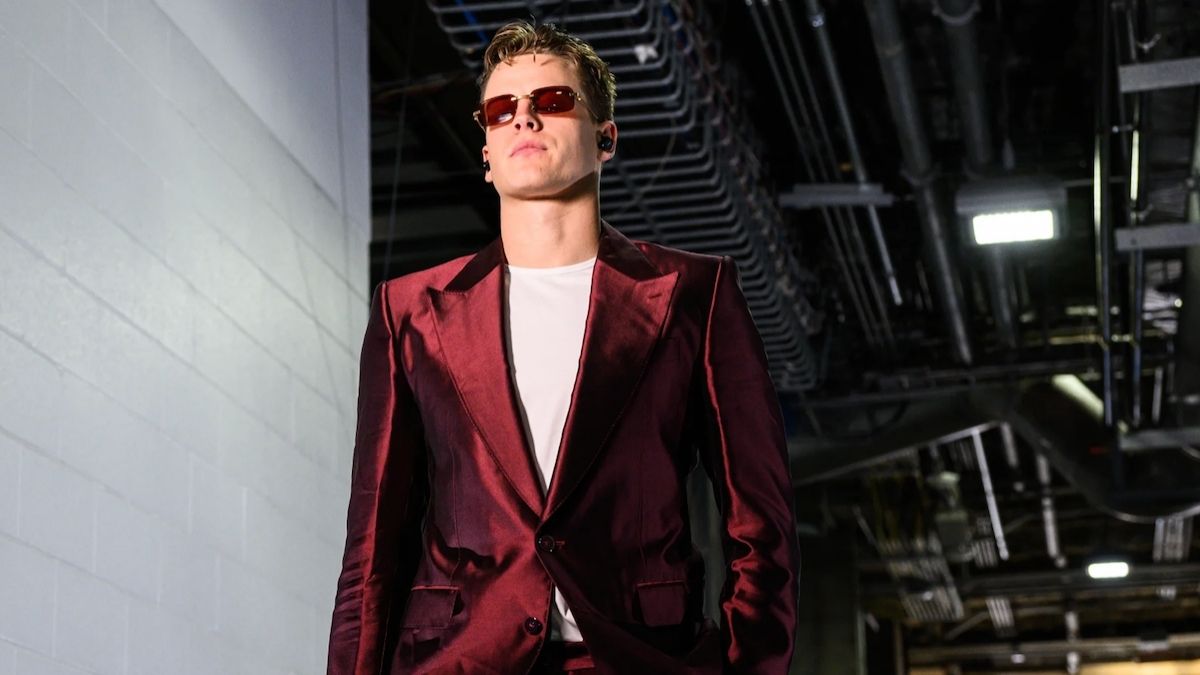When we hear the term “Fashion City,” iconic images flash before our eyes: the elegant boulevards of Paris, the sleek, modernist showrooms of Milan, the gritty, creative energy of downtown New York. But a true Fashion City is far more than a postal code for luxury brands. It is a complex, pulsating ecosystem—a living, breathing organism where creativity, commerce, culture, and education intertwine to set the global sartorial agenda. This article deconstructs the concept of the Fashion City, exploring its essential components, celebrating its established capitals, identifying its rising stars, and analyzing its digital-forward future.
What Truly Makes a City a “Fashion City”?
It’s not just about hosting a fashion week. The designation is earned through a synergistic combination of key pillars:
-
Historical Legacy and Cultural Bedrock: Fashion is culture. Cities like Paris and Florence are synonymous with fashion history, home to centuries-old houses and art movements that continue to inspire. This heritage provides an unparalleled depth and a narrative that new brands can tap into.
-
The Business and Manufacturing Infrastructure: A fashion city isn’t just about design; it’s about production. It requires a robust network of fabric suppliers, skilled artisans (pattern makers, tailors, embroiderers), manufacturers, and PR & marketing agencies. Milan’s strength, for instance, is deeply tied to the industrial might and textile innovation of Northern Italy.
-
Educational Institutions and Talent Pipeline: World-renowned schools like Central Saint Martins (London), Parsons (New York), and Istituto Marangoni (Milan) act as magnets for the world’s most promising creative talent. They provide a constant influx of new ideas and ensure the city’s fashion scene remains dynamic and forward-thinking.
-
Retail and Media Landscape: From flagship stores on Fifth Avenue or Avenue Montaigne to concept boutiques in SoHo and Shoreditch, retail is the stage where fashion meets the public. Furthermore, the presence of influential fashion magazines, critics, and bloggers is crucial for generating buzz and validating trends.
-
The Event Circuit: Fashion Weeks are the most visible manifestations of a Fashion City. They are industry tentpole events that attract buyers, press, and celebrities, generating massive economic activity and media coverage.
The Established Capitals: The “Big Four” and Their Dominance
For decades, the global fashion conversation has been dictated by four key cities, each with its distinct identity.
-
Paris: The Historic Epicenter of Haute Couture. Paris is the undisputed queen of fashion. It is the home of haute couture, a legally protected term denoting the highest level of craftsmanship. The city oozes romance and luxury, serving as the headquarters for legendary houses like Chanel, Dior, Louis Vuitton, and Hermès. Paris Fashion Week remains the most prestigious event on the calendar, where artistic expression is paramount.
-
Milan: The Engine of Luxury Commerce. If Paris is the artist, Milan is the savvy businessperson. The Italian city is the powerhouse of luxury ready-to-wear. Brands like Gucci, Prada, Versace, and Armani excel at creating desirable, commercially successful products, backed by Italy’s unparalleled manufacturing expertise in regions like Lombardy and Veneto.
-
New York: The Hub of Sportswear and Accessibility. New York fashion is pragmatic, diverse, and fast-paced. It pioneered the concept of American sportswear—think separates, wearable styles, and a focus on contemporary brands. It’s a melting pot of influences, from streetwear and hip-hop culture to high finance. NYFW is known for its commercial appeal and the launch of accessible luxury brands like Coach, Tory Burch, and Proenza Schouler.
-
London: The Rebel Incubator of Avant-Garde Talent. London is the wild child, the incubator of rebellion and groundbreaking creativity. Known for its prestigious art schools, it consistently produces fearless designers who challenge conventions. From the punk influence of Vivienne Westwood to the deconstructive genius of Alexander McQueen and the modern theatricality of designers like Richard Quinn, London Fashion Week is where the future is often born.
The New Guard: Rising Fashion Cities Reshaping the Map
The global fashion landscape is becoming more decentralized. A new generation of cities is rising, challenging the old order with unique perspectives.
-
Copenhagen: The Capital of Scandi-Cool and Sustainability. Copenhagen has firmly cemented its place with its distinct formula of minimalist aesthetics, functional beauty, and a profound commitment to sustainability. Copenhagen Fashion Week has implemented some of the industry’s strictest sustainability requirements for participating brands. Names like Ganni, Stine Goya, and Samsøe Samsøe have achieved cult global status by embodying this effortless “Scandi-cool” vibe.
-
Seoul: The Powerhouse of K-Fashion and Youth Culture. Fueled by the massive global influence of K-pop and K-dramas, Seoul has exploded onto the scene. Its fashion is a dynamic mix of high-tech streetwear, bold tailoring, and unique avant-garde trends. Seoul Fashion Week is a hotspot for influencers and buyers looking for the next big thing. Brands like We11done, Andersson Bell, and Gentle Monster are leading the charge.
-
Lagos: The Vibrant Heart of African Creativity. Lagos represents the explosive creativity of the African continent. Designers are drawing on rich textile heritage, such as Ankara prints, and reinterpreting them through a modern, global lens. The fashion scene is vibrant, colorful, and deeply connected to a celebration of cultural identity. Events like Lagos Fashion Week provide a crucial platform for designers like Orange Culture and Lisa Folawiyo to reach a worldwide audience.
-
Tbilisi: The Unexpected Edge of Eastern Europe. Under the radar for years, Tbilisi, Georgia, burst into the spotlight thanks to the dark, poetic, and raw designs of Demna Gvasalia (Vetements, Balenciaga) and labels like Situationist. The city has become synonymous with an underground, gritty, and highly influential aesthetic that attracts fashion insiders seeking authenticity.
The Economic Fabric: How a Fashion City Drives Prosperity
The impact of a fashion city is measured in more than just column inches.
-
Job Creation: The industry supports millions of jobs, from direct roles in design, manufacturing, and retail to indirect roles in marketing, logistics, hospitality, and media.
-
Tourism: Fashion Weeks and flagship stores are major tourist attractions. Visitors flock to these cities to shop, experience the culture, and potentially catch a glimpse of the glamour.
-
Brand Value & Export: The “Made in Italy” or “Made in France” label carries immense premium value, driving exports and bolstering the national economy.
-
City Branding: Being a Fashion City elevates a city’s global profile, positioning it as creative, sophisticated, and desirable, which in turn attracts investment and talent across all sectors.
The Digital Transformation: The Metaverse as the New Fashion City
The very concept of a physical “Fashion City” is being disrupted. The digital realm is emerging as the newest, most accessible fashion capital.
-
Digital Fashion Weeks: The pandemic accelerated the shift to digital shows, making front-row access global and democratic.
-
E-Commerce and DTC: Brands now build global empires without a physical flagship on every continent, relying on sophisticated e-commerce platforms.
-
The Metaverse and NFTs: Designers are now creating digital-only clothing for avatars and video games. Virtual showrooms and NFT collectibles are becoming new revenue streams and marketing tools. In this context, the “Fashion City” becomes a virtual experience, accessible from anywhere in the world.
Conclusion: An Ever-Evolving Ecosystem
The idea of a Fashion City is not static; it is a dynamic and evolving title. While the historic capitals retain their power through deep-rooted legacy and infrastructure, their influence is being passionately challenged by new cities offering fresh perspectives on sustainability, inclusivity, and cultural authenticity.











